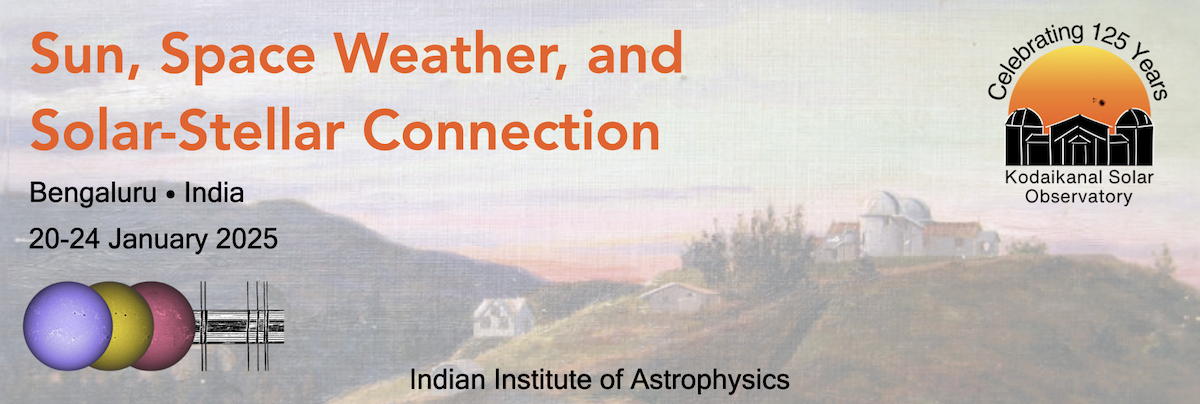Speaker
Description
Earth directed coronal mass ejections (CMEs), particularly those with high speeds and southward-pointing magnetic fields, are the main drivers of geomagnetic storms. While the solar wind constantly deposits particles and energy into Earth's magnetosphere, this process is enhanced during geomagnetic storms. One of the most striking effects of these storms is the appearance of auroras. However, the energy transferred from the solar wind also causes increased Joule heating, which leads to the thermosphere expanding upward. This expansion raises the thermospheric density at satellite altitudes, increasing drag and affecting their orbital lifetimes. Extreme geomagnetic storms can also severely disrupt GPS-dependent technology by altering radio signal paths through the atmosphere. The geomagnetic storm of May 10-11, 2024, produced vivid auroras seen as far south as 34° N in Ladakh and 18° N in Puerto Rico, highlighting the storm's intensity. Multiple reports of GPS-reliant farm equipment failures in the U.S. and satellite de-orbiting from various regions surfaced as the storm intensified. In fact, geomagnetic indices indicate that this storm was the most powerful in the past 20 years. In our study, we investigate the solar sources of the geomagnetic storm and identify their near Earth counterparts from an extremely complex in-situ solar wind profile at L1. We apply magnetohydrodynamic and empirical simulations to assess the impact of the CMEs on Earth's magnetosphere and satellite orbital lifetimes. Additionally, our work examines this storm in a historical context to compare its strength to previous extreme storms and likelihood of occurrence.
| Contribution Type | |
|---|---|
| Theme | Connecting Solar Corona to Heliosphere |

